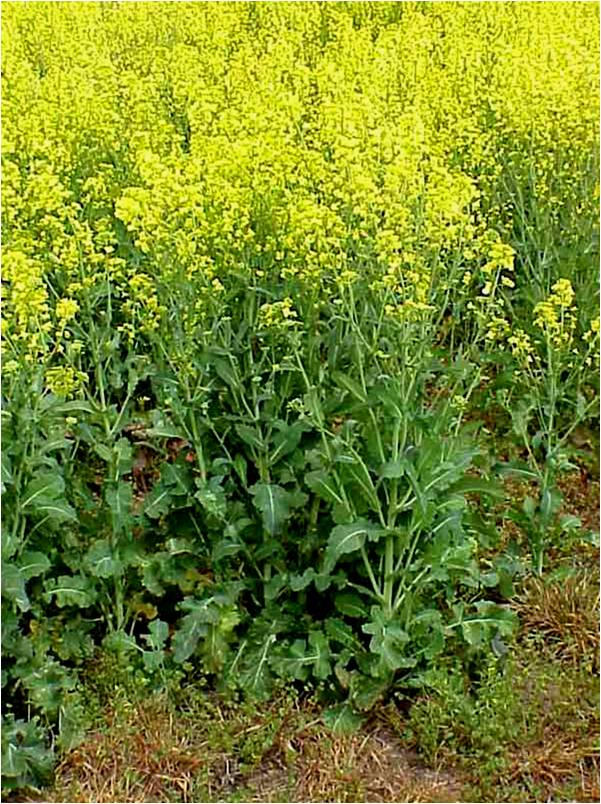
Copyright © 2002 Roger Banner, Intermountain Herbarium, USU
Hi I’m Holly Strand.
The snow has barely melted yet Dandelions are pushing their way up through the grass. The flowers delight my daughter who eagerly gathers them by the fistful into cheerful but quickly droopy bouquets. However, not everyone shares her enthusiasm. The common dandelion is listed as an invasive and noxious weed by the USDA. Lawnowners spend a lot of time pulling them up and a lot of money on herbicides. There is even a Facebook group called Dandelion Haters United!
The Flora of North America recognizes 15 species of dandelion and four of these occur in Utah. Two native species are found in the mountains. The dandelion that you see in your lawn is an immigrant from Eurasia. If it has olive green seeds it the “Common Dandelion”. If it has brick-red seeds and leaves lobed to the tip it is the so called” Red seeded dandelion. “ This red-seeded dandelion is also common.
The word dandelion comes from the French dent de lion or “lion’s tooth,” referring to the serrated leaves of the plant. The French however, use another name “pissenlit” (pis’seau-li) or bedwetter, referring to the diuretic properties of the plant.
Throughout the ages, people have used dandelions to treat various ailments such as dyspepsia, heartburn, spleen and liver complaints, and hepatitis. Modern pharmacaological studies indicate both dandelion extracts or individual compounds of dandelion leaves or roots really do have significant health-promoting properties. They appear to be especially beneficial for treating digestive disorders, inflammation and as an anti-oxidant.
But the main reason you shouldn’t reach for that pesticide is that dandelions are delicious! The young fresh leaves taste great in a salad, or you can sauté them as you would spinach. You can make dandelion soup or even wine. The greens have 50% more vitamin C than tomatoes, double the protein content of eggplant, and twice the fiber of asparagus. They are also rich in potassium and iron. If harvesting from your yard, just make sure you pick the leaves before the flowers appear.
For information sources and a recipe for dandelion salad go to www.wildaboututah.org
For Wild About Utah, I’m Holly Strand.
Credits:
Photos: Courtesy and Copyright 2002 Roger Banner, Intermountain Herbarium, USU
Text: Holly Strand
Sources & Additional Reading:
Fertig, W. 2011.
Can‘t Beat ‘em? Eat ‘em ! (Sidebar to “Consider the Dandelion Before You Dig”) Sego Lily (newsletter of the Utah native Plant Society. March. Vol. 34, No. 2. P. 8 https://www.unps.org/segolily/Sego2011MarApr.pdf
Lesica, Peter 2011. Consider the Dandelion Before You Dig. Sego Lily (newsletter of the Utah native Plant Society. March. Vol. 34, No. 2. P. 8 https://www.unps.org/segolily/Sego2011MarApr.pdf
Schutz, Katrin, Reinhold Carle, Andreas Schieber Reinhold Carle, Andreas Schieber. 2006. Taraxacum—A review on its phytochemical and pharmacological profile Journal of Ethnopharmacology. Vol. 107, pp. 313–323
Dandelions, Range Plants of Utah, Forbs, Mindy Pratt, Jim Bowns, Roger Banner, Allen Rasmussen, USU Extension, 2002, https://extension.usu.edu/range/forbs/dandelion.htm
Dandelion Salad (from Allrecipes.com)
Ingredients
1/2 pound torn dandelion greens
1/2 red onion, chopped
2 tomatoes, chopped
1/2 teaspoon dried basil
salt and pepper to taste
Directions:
In a medium bowl, toss together dandelion greens, red onion, and tomatoes.
Season with basil, salt, and pepper.


